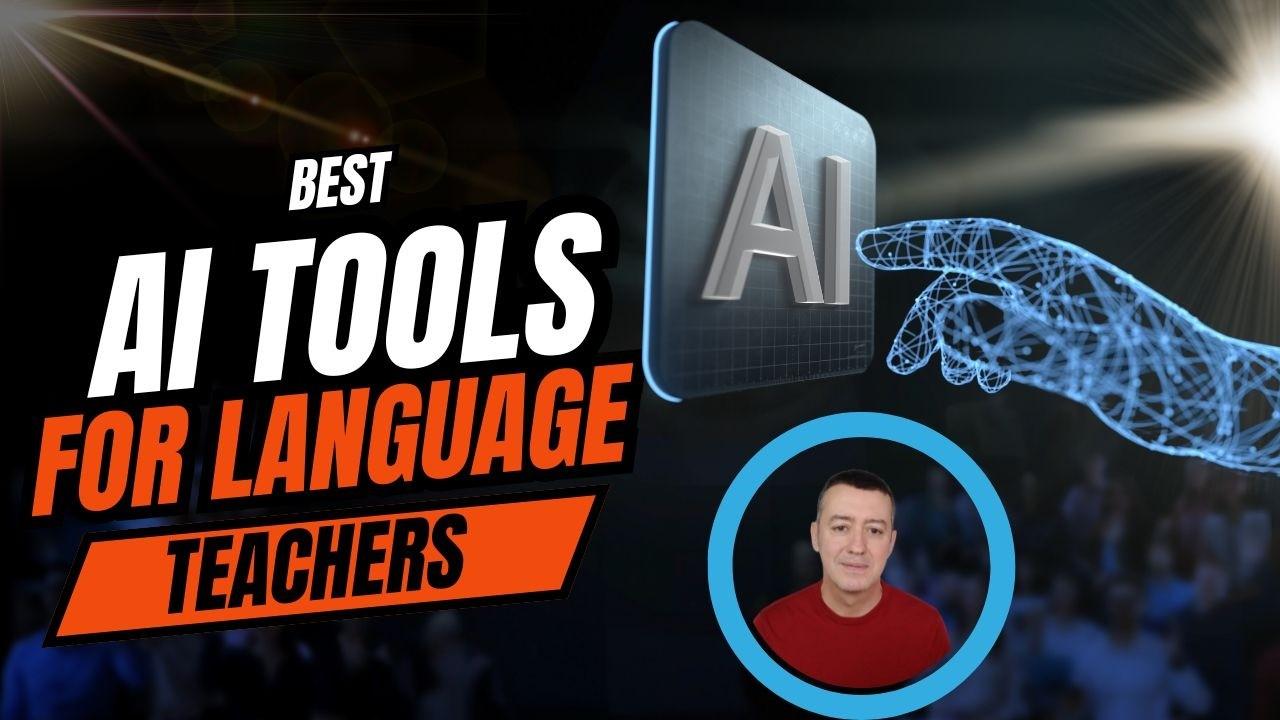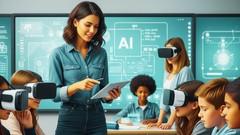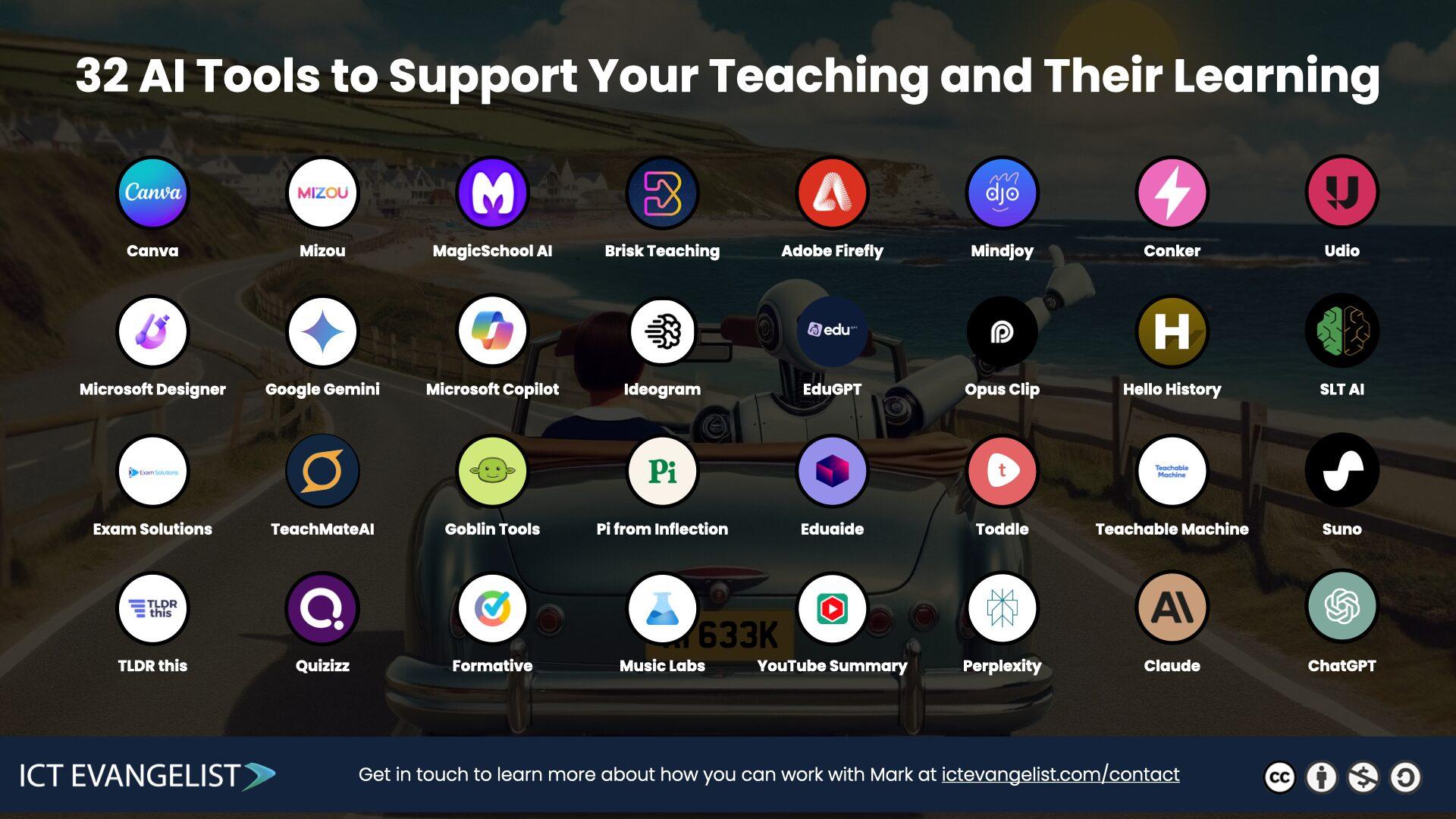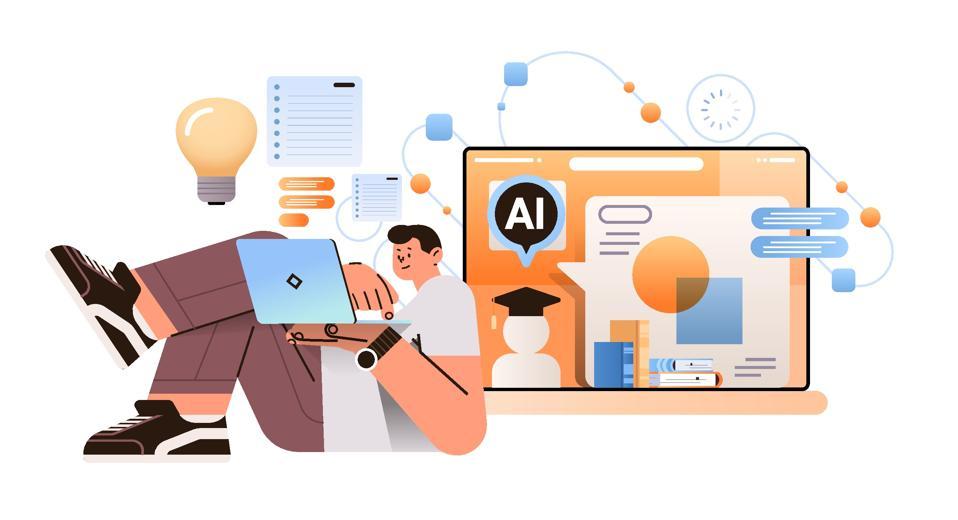In the evolving landscape of education, the chalkboard has given way to screens, and lessons increasingly intertwine with technology. Among the most transformative innovations is artificial intelligence (AI), promising to reshape how knowledge is delivered and absorbed. Yet, the true potential of AI in classrooms hinges not just on the tools themselves, but on the educators who wield them. Across schools worldwide, teachers are embarking on a new kind of professional development-one that equips them to harness AI thoughtfully and effectively. This article explores how educators are training to integrate AI tools into their teaching practices, balancing innovation with pedagogy to enrich the learning experience for students everywhere.
Table of Contents
- Understanding the Role of AI in Modern Education
- Building Foundational Skills for AI Integration
- Designing Collaborative Learning Experiences with AI Tools
- Overcoming Challenges and Ethical Considerations in AI Adoption
- Strategies for Continuous Professional Development in AI Use
- Frequently Asked Questions
- The Way Forward

Understanding the Role of AI in Modern Education
Educators today are stepping into a new era where artificial intelligence is more than just a futuristic concept-it’s a daily classroom companion. To harness AI’s potential, teachers are engaging in specialized training programs that blend pedagogy with technology. These sessions focus on practical applications, such as using AI to personalize learning paths, automate administrative tasks, and enhance student engagement through interactive tools.
One of the key aspects of this training involves understanding the ethical and practical boundaries of AI. Teachers learn to critically assess AI-generated content, ensuring it complements their instructional goals without replacing the human touch vital to education. Moreover, these programs emphasize collaborative learning among educators, fostering a community that shares insights, challenges, and innovative strategies.
- Hands-on workshops where teachers experiment with AI-driven platforms.
- Scenario-based learning to navigate real classroom challenges.
- Peer-to-peer mentoring to exchange best practices and feedback.
- Ongoing support through webinars and resource hubs.
| Training Focus | Benefits |
|---|---|
| AI-Assisted Lesson Planning | Saves time and boosts creativity |
| Data-Driven Student Assessment | Identifies learning gaps quickly |
| Interactive AI Tools | Enhances student participation |
| Ethical AI Use | Promotes responsible technology integration |

Building Foundational Skills for AI Integration
Before stepping into AI-enhanced classrooms, educators are focusing on mastering core competencies that serve as the backbone for seamless technology integration. This involves developing a strong understanding of data literacy, algorithm basics, and ethical considerations surrounding AI use. By grounding themselves in these fundamentals, teachers can confidently navigate AI tools without getting overwhelmed by the complexity behind them.
Professional development programs often emphasize hands-on workshops where teachers experiment with AI applications tailored for education. These sessions foster collaborative learning, allowing educators to share insights and strategies. Many schools are also encouraging peer mentoring, creating a support network that nurtures continuous growth and adaptation.
Key foundational skills being cultivated include:
- Critical evaluation of AI-generated content to ensure accuracy and bias mitigation
- Customizing AI tools to meet diverse student needs and learning styles
- Integrating AI feedback into lesson planning and assessment
- Understanding data privacy and security principles
| Skill Area | Purpose | Teacher Benefit |
|---|---|---|
| Data Literacy | Interpret AI insights and reports | Informed decision-making in instruction |
| Ethical Use | Recognize and address biases | Promote fairness and inclusivity |
| Tool Customization | Adapt AI to classroom needs | Enhance student engagement |
| Privacy Awareness | Protect student data | Build trust with families |

Designing Collaborative Learning Experiences with AI Tools
Harnessing AI tools in educational settings goes beyond individual learning-it opens doors to dynamic, interactive group activities where students can co-create and problem-solve together. Teachers are increasingly designing projects that encourage peer collaboration, using AI as a catalyst to foster collective intelligence. These tools facilitate real-time feedback, shared content creation, and adaptive group roles, making learning a truly cooperative endeavor.
In professional development workshops, educators explore a variety of AI-powered platforms that support collaborative learning. They experiment with tools that enable:
- Shared brainstorming sessions enhanced by AI-generated prompts and idea clustering.
- Interactive simulations where students manipulate variables and observe outcomes as a team.
- Automated peer review systems that provide constructive critiques and encourage reflective discussions.
To illustrate the impact of AI-driven collaboration, consider this snapshot of typical classroom activities:
| Activity | AI Tool Feature | Collaborative Benefit |
|---|---|---|
| Group Research Project | AI-assisted data aggregation | Efficient information sharing and synthesis |
| Peer Editing | Real-time grammar and style suggestions | Improved writing quality through collective input |
| Interactive Problem Solving | Adaptive difficulty adjustments | Engages diverse skill levels within teams |
By thoughtfully integrating these AI capabilities, educators cultivate environments where collaboration flourishes, critical thinking deepens, and students feel empowered to learn from one another in meaningful ways.

Overcoming Challenges and Ethical Considerations in AI Adoption
Integrating AI tools into classrooms is not without its hurdles. Teachers often face a steep learning curve, balancing the need to master new technologies while maintaining their core teaching responsibilities. To address this, many professional development programs emphasize hands-on workshops where educators can experiment with AI applications in real-time, fostering a safe space to learn and make mistakes without pressure.
Ethical considerations also play a pivotal role. Educators must be vigilant about data privacy, ensuring that student information remains secure when AI tools collect and analyze classroom data. Transparency in how AI algorithms operate is equally critical, as it helps prevent unconscious biases from influencing student assessments or recommendations. Schools are increasingly adopting clear guidelines that promote responsible AI use, encouraging teachers to question and understand the ethical implications of each tool.
Collaboration between technology developers and educators is another key factor in overcoming challenges. By co-creating AI solutions, teachers can provide insights that improve tool relevance and usability, while developers can tailor features to align with educational goals. This partnership also promotes ongoing support, helping teachers stay updated with AI advancements and troubleshoot issues swiftly.
- Training Focus Areas: Practical application, ethical use, data privacy
- Common Challenges: Technical proficiency, trust in AI, bias mitigation
- Support Strategies: Peer collaboration, continuous learning, developer partnerships

Strategies for Continuous Professional Development in AI Use
Educators committed to mastering AI tools are embracing a mindset of lifelong learning. They participate in regular workshops and webinars that focus not only on the technical aspects of AI but also on ethical considerations and pedagogical integration. These sessions often emphasize hands-on experience, enabling teachers to experiment with AI-driven platforms in simulated classroom environments before applying them live.
Peer collaboration plays a crucial role in this ongoing development. Teachers form learning communities where they share insights, troubleshoot challenges, and co-create lesson plans enhanced by AI. This collaborative approach accelerates skill acquisition and fosters a culture of innovation within schools.
To keep pace with the rapid evolution of AI, many educators rely on curated online resources and AI-focused professional development courses. These resources are tailored to different proficiency levels, ensuring that novices and advanced users alike can find relevant materials. Below is a snapshot of popular training formats and their key benefits:
| Training Format | Key Benefit | Ideal For |
|---|---|---|
| Live Webinars | Real-time interaction with experts | Teachers seeking immediate feedback |
| Self-paced Online Courses | Flexible learning schedule | Busy educators balancing multiple tasks |
| Collaborative Workshops | Hands-on group projects | Teachers eager to network and innovate |
Beyond formal training, successful teachers leverage AI-driven analytics to reflect on their classroom practices. By analyzing student performance data, they identify areas where AI can offer targeted support, then adjust their strategies accordingly. This cycle of reflection and adaptation ensures that their professional growth is both dynamic and deeply connected to student outcomes.
Frequently Asked Questions
Q&A: How Teachers Are Training to Use AI Tools Effectively in Classrooms
Q1: Why is there a growing need for teachers to train in AI tools?
A1: As AI technologies become more integrated into education, teachers face the challenge of adapting their teaching methods to incorporate these tools effectively. Training ensures they can leverage AI to enhance learning outcomes, personalize instruction, and manage classrooms more efficiently, rather than feeling overwhelmed or sidelined by the technology.
Q2: What kinds of AI tools are teachers learning to use?
A2: Teachers are exploring a variety of AI tools including intelligent tutoring systems, automated grading software, AI-driven content creation platforms, and adaptive learning apps. These tools can assist with tasks such as identifying student learning gaps, generating personalized assignments, and providing real-time feedback.
Q3: How are training programs for teachers typically structured?
A3: Training programs often blend hands-on workshops, online courses, and peer collaboration. They focus not only on technical skills but also on ethical considerations, data privacy, and how to integrate AI tools seamlessly into existing curricula. Many programs also encourage reflective practice, where teachers assess the impact of AI on their students’ engagement and understanding.
Q4: What challenges do teachers face when adopting AI tools?
A4: Common challenges include a steep learning curve, concerns about data security, potential bias in AI algorithms, and the risk of over-reliance on technology at the expense of human interaction. Additionally, some teachers may feel uncertain about how to balance AI assistance with their professional judgment.
Q5: How does effective AI training impact classroom dynamics?
A5: When teachers are well-trained, AI tools can foster a more personalized and inclusive learning environment. Teachers can spend more time on creative and critical thinking activities while AI handles routine tasks. This shift can lead to increased student motivation and better support for diverse learning needs.
Q6: What is the role of ongoing professional development in AI literacy for teachers?
A6: AI literacy is not a one-time achievement but an evolving skill set. Continuous professional development helps teachers stay updated on the latest tools, adapt to new educational challenges, and refine their strategies. It also encourages a growth mindset, empowering educators to become innovators rather than passive users of technology.
Q7: How do schools and districts support teachers in this transition?
A7: Support can come in the form of funding for training programs, providing access to AI platforms, hiring instructional technology specialists, and fostering a culture that values experimentation and collaboration. Administrators play a crucial role in ensuring that AI integration aligns with broader educational goals.
Q8: What does the future hold for AI training in education?
A8: The future promises more immersive and personalized training experiences, such as virtual reality simulations and AI-powered coaching for teachers themselves. As AI evolves, educators will likely become co-creators with technology, shaping tools that respond intuitively to classroom realities and continuously enhance teaching and learning.
The Way Forward
As the chalkboards of yesterday give way to digital screens, teachers stand at the crossroads of tradition and innovation. Embracing AI tools is not just about mastering new technology-it’s about reimagining the art of teaching itself. With thoughtful training and an open mind, educators are transforming classrooms into dynamic spaces where human insight and artificial intelligence work hand in hand. In this evolving landscape, the true lesson is clear: the future of education belongs to those who learn to teach alongside the machines, guiding students toward a horizon where creativity and technology flourish together.

